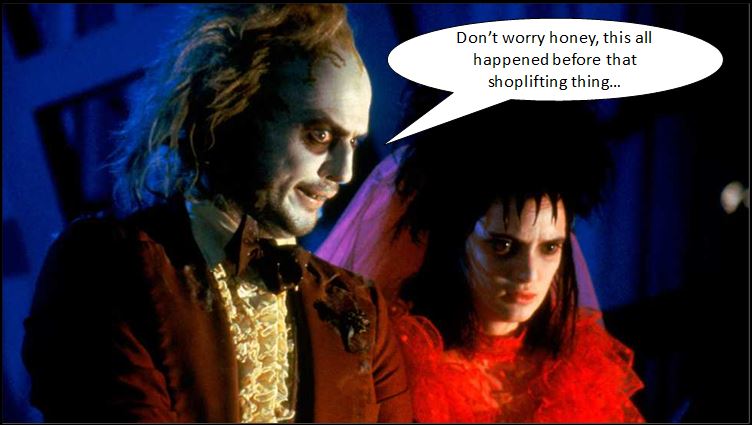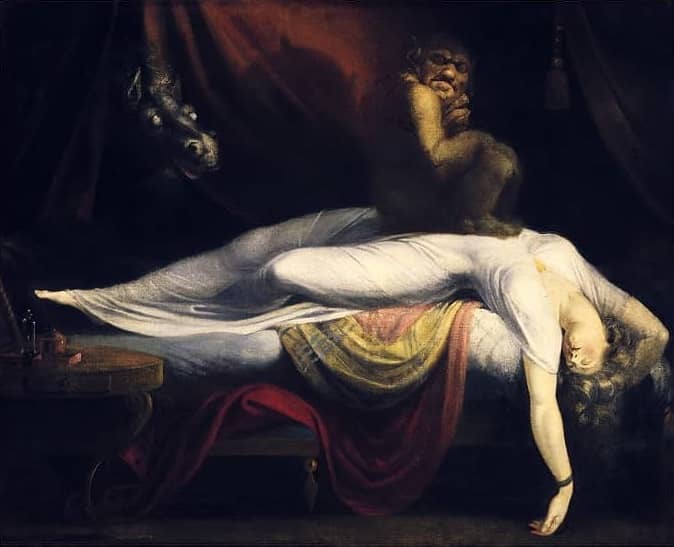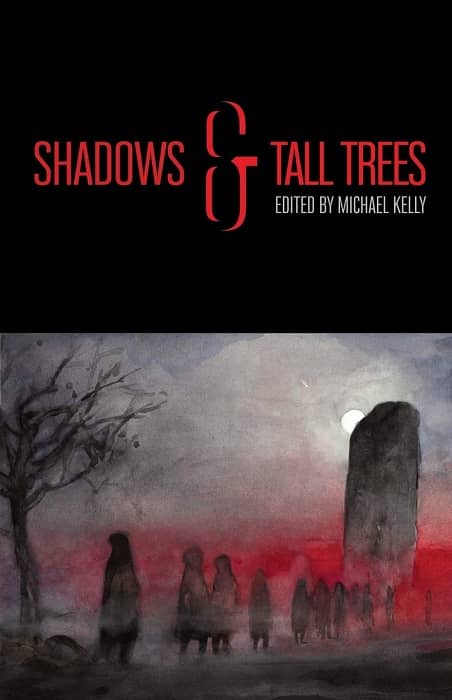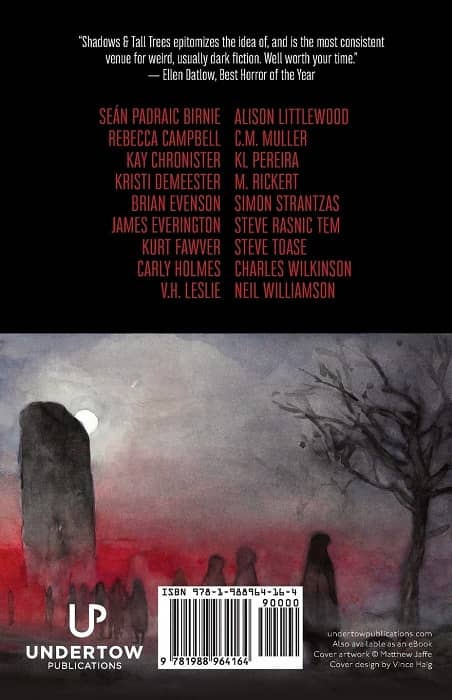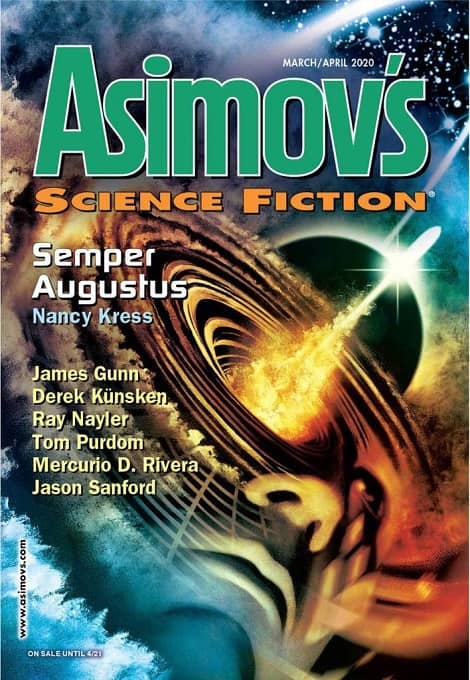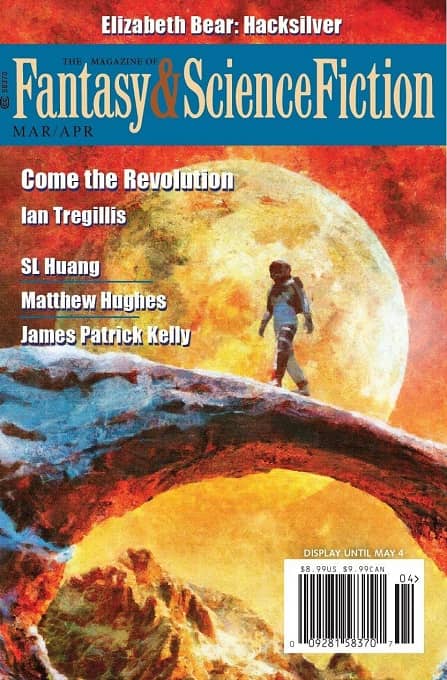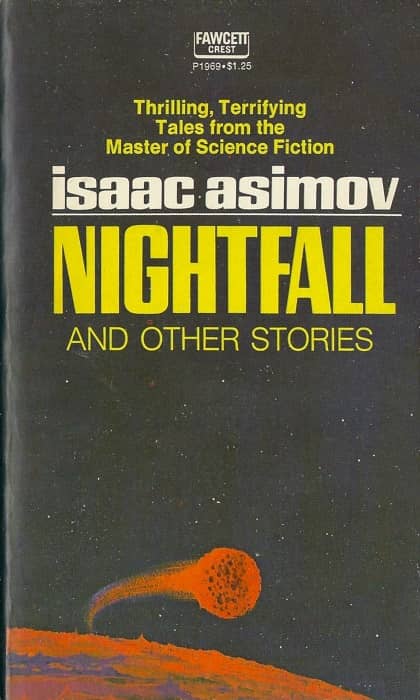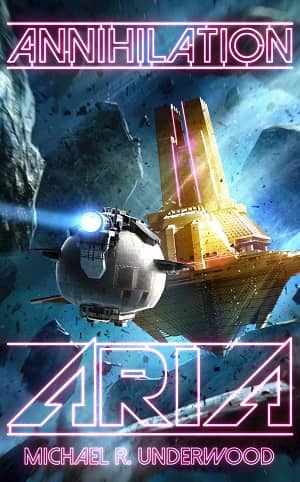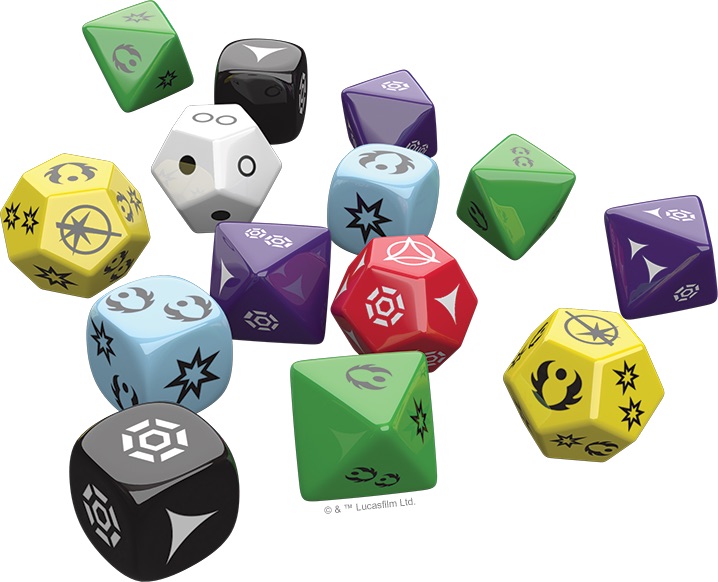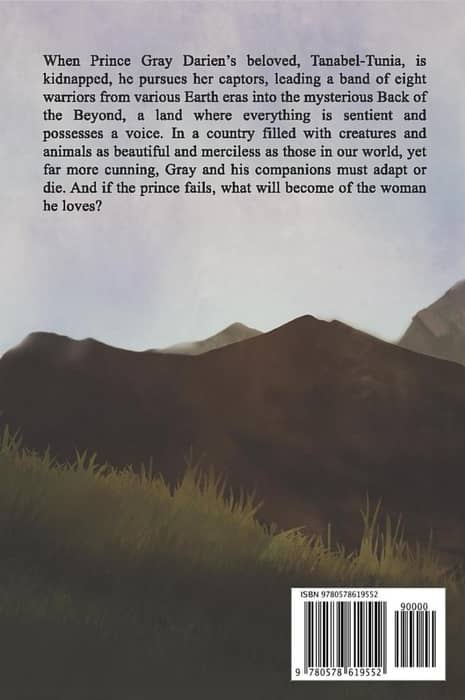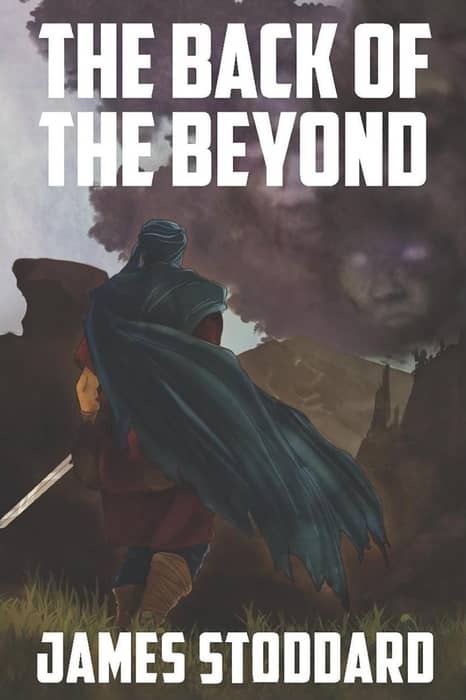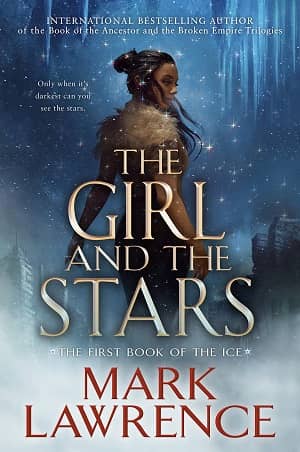Goth Chick News: Beetlejuice Gets a Documentary and It’s Everything We Ever Wanted
In an attempt to not succumb to the stresses of working above ground near windows, rather than in the cozy, underground bunker of the Black Gate offices, I have been systematically making a list of my favorite movies. I am then ranking them in watch order, with a view to not overindulge in too much of a single genre. I do know people who have done Friday the 13th or Halloween marathons during the lockdown, but most of them are on the verge of not being suitable to ever be in public again. Therefore, my movie list, though heavy on the horror, still runs the gambit from hardcore to light-hearted fun; from Evil Dead to High Spirits and a whole lot in between.
But any list I compile, regardless of how it is organized, would have Beettlejuice right up there near the top. Yes, I’m partial to Tim Burton on most days, but the ghost with the most is nothing short of a classic.
Hard to believe that it’s been just over 33 years since Michael Keaton offered to chew on a dog to get the hapless, recently deceased Maitlands to hire him to scare the living out of their charming, New England farmhouse. The movie, also starring Geena Davis, Alec Baldwin and Winona Ryder among others, earned close to $75 million at the box office, which is roughly five times its $15 million budget, and bagged an Oscar for costume and makeup. Since then, Halloween costumes, pop-up bars and museum exhibits have paid homage to this comedy-fantasy-horror flick to the point you’d think it would have all been done.
Thankfully, we’re wrong.
